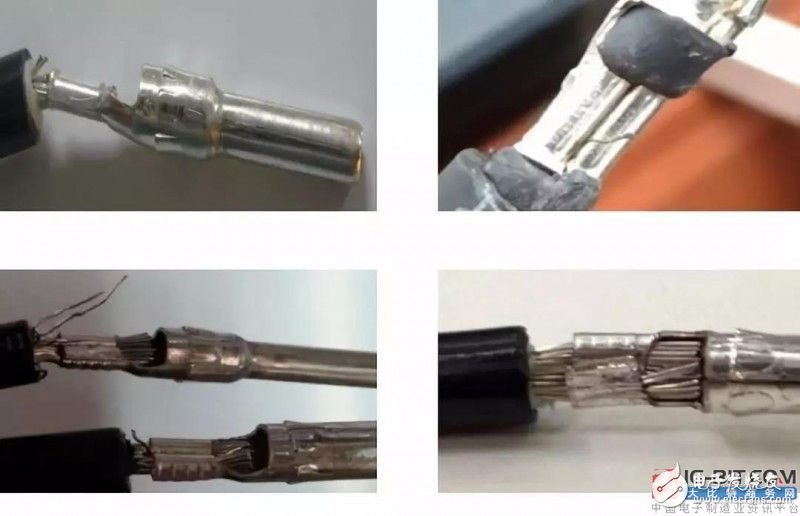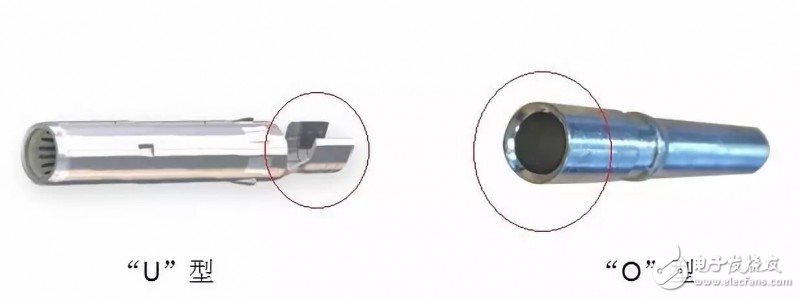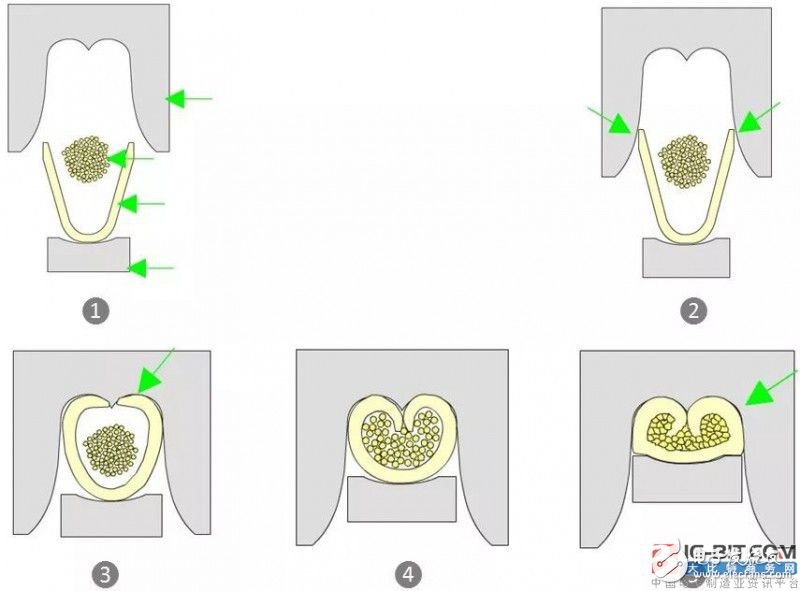With the rapid development of the distributed, especially household photovoltaic market in recent years, the quality of the system has become increasingly prominent. Photovoltaic system fires will not only negatively affect the industry, but also involve personal safety. According to a foreign research report, the inter-inserted and connector installations were not ranked in the first and third place of fire. This article focuses on the analysis of non-standard connector installations, especially the crimping of photovoltaic cables and connector metal cores.
Market statusIn a photovoltaic power generation system, photovoltaic connectors are mainly used for components, combiner boxes, inverters, and the connections between them. Most of them are installed in factories and the crimping quality is relatively reliable. About 10% of the remaining connectors need to be manually installed at the project site. The main reason for this is that the two ends of the PV that connect the devices need to be installed. According to the experience of many years of customer visits, due to the lack of training of on-site installation workers and the absence of professional crimping tools, crimping is not standardized, as shown below.

Figure 1: Non-standard crimping case
The metal core is the main component of the connector and the main flow path. The vast majority of photovoltaic connectors currently on the market use a "U" type metal core, which is stamped and formed from copper sheets, also known as stamped metal cores. Thanks to the stamping process, the "U" metal core is not only highly productive but also can be arranged in a chain, making it ideal for automated wire harness production.
Some use "O" type metal cores, which are drilled at both ends of fine copper rods, also called machined metal cores. The "O" type metal core can only be crimped individually and is not suitable for use in automation equipment.

Figure 2: Metal Core Type
There is also an extremely rare metal core that is crimp-free. It is connected by springs and cables. Since no crimping tool is required, installation is relatively simple and convenient. However, the connection of the spring pieces leads to a large contact resistance and does not guarantee long-term reliability. Some certification bodies do not approve such metal cores.

Table 1: Features of different metal cores
Crimping is one of the most basic and common connection techniques. Numerous crimps occur every day. At the same time, crimping has proven to be a proven and reliable connection technology.
3.1 Crimping process
The reliability of the crimping depends largely on the tool and the operation, which together determine whether the final crimping effect meets the requirements of the standard. Taking the "U" type metal core as an example, it is basically a copper-plated material and needs to be connected with a photovoltaic cable through crimping. The crimping process is as follows:

Figure 3: Crimping process
It is not difficult to see that the “U†type metal core crimping is a process in which the thickness of the crimping height is gradually reduced (while the crimping force is gradually increased), and the copper wire wrapped copper wire is gradually compressed. In this process, the control of the crimp height directly determines the crimp quality. Crimp width control is not very important because the crimp die determines the width value.
3.2 Crimp Height
Many people know that crimping is too loose or too tight. Then, with crimping, how much crimping height should be controlled? In addition, how do two important quality indicators, namely pull-off force and conductivity, change during this process?
Basic Physics Experiment Instrument Series
Basic physics experiment instrument series, used in physics laboratories of colleges and universities.
Basic Physics Experiment Instrument,Light And Optical Instruments,Optical Viewing Instrument,Microscope Light Source Instrument
Yuheng Optics Co., Ltd.(Changchun) , https://www.yuhengcoder.com